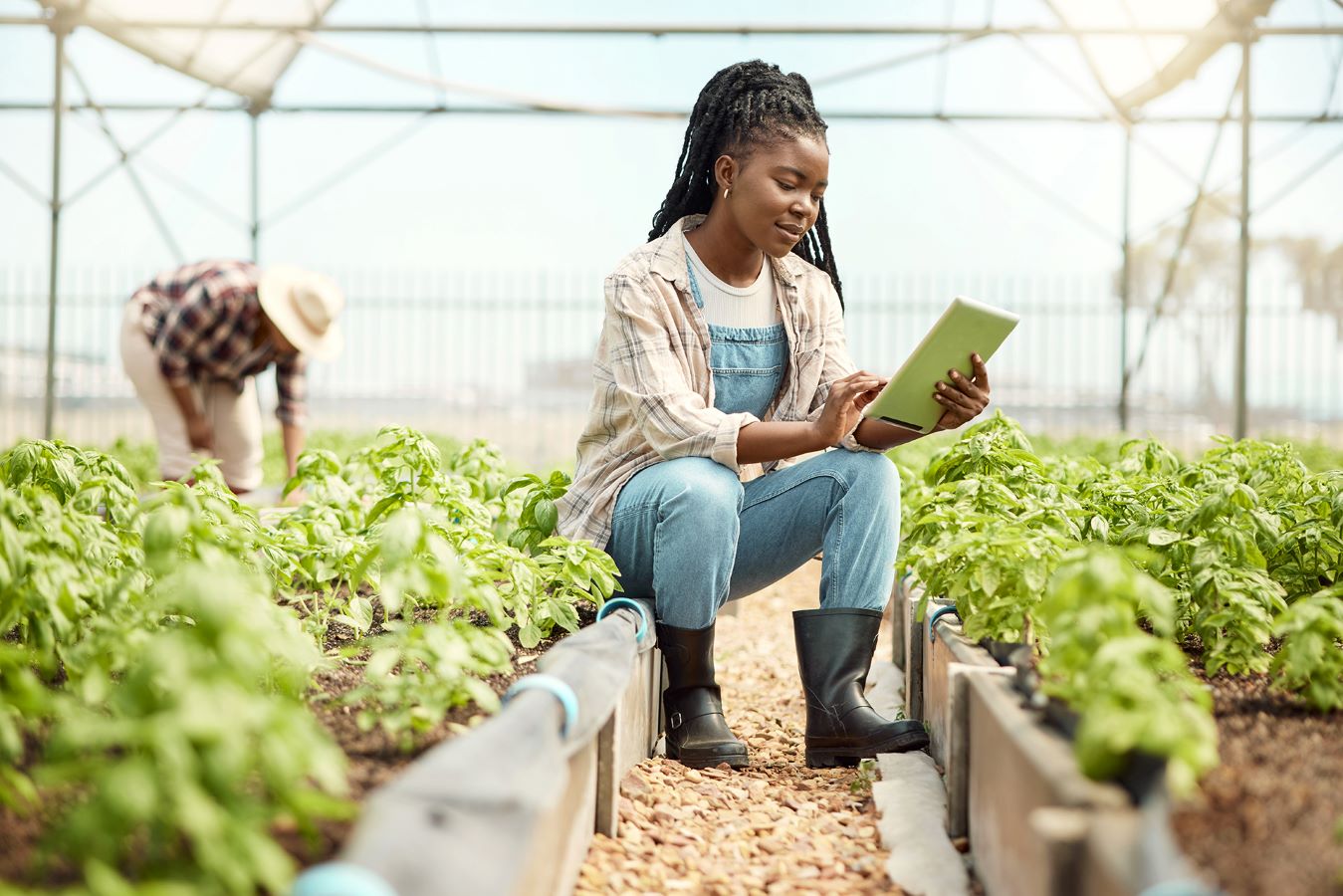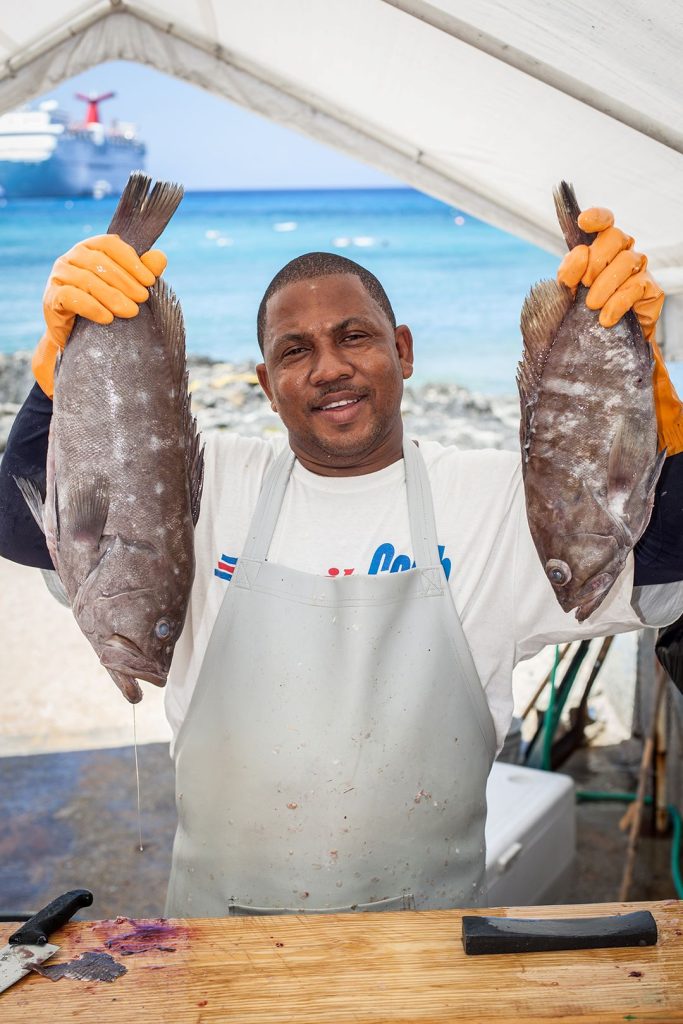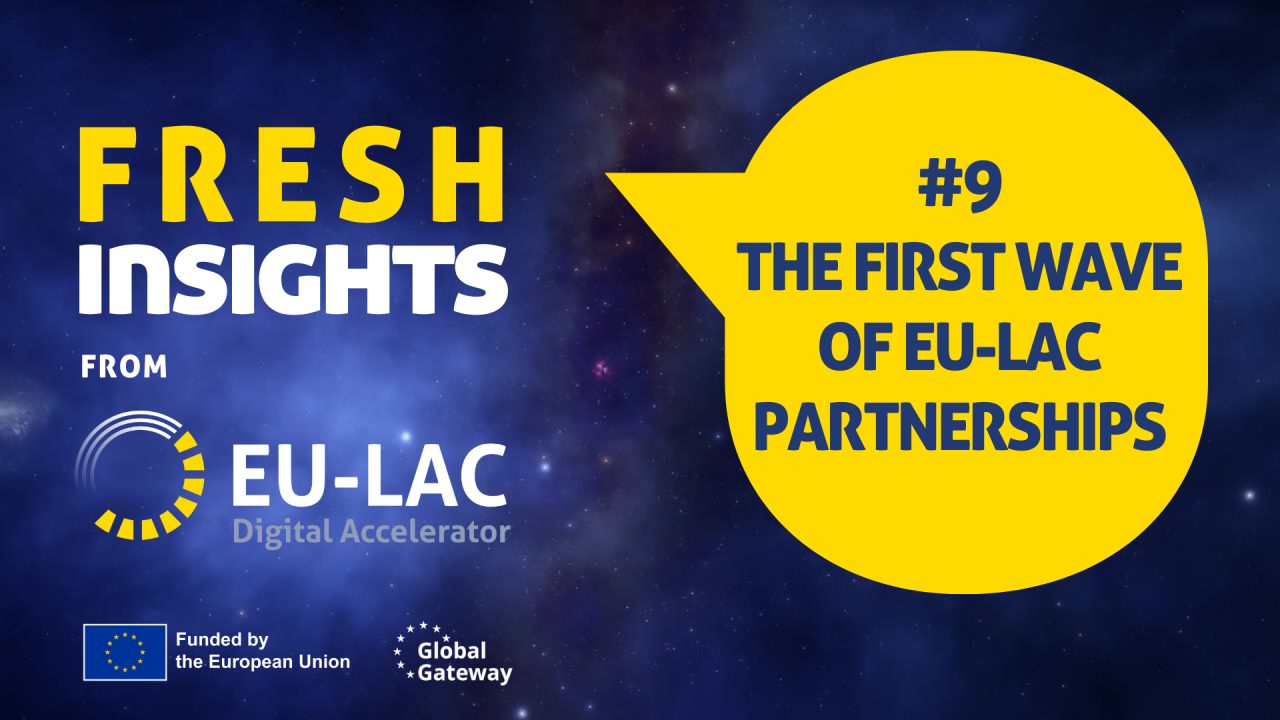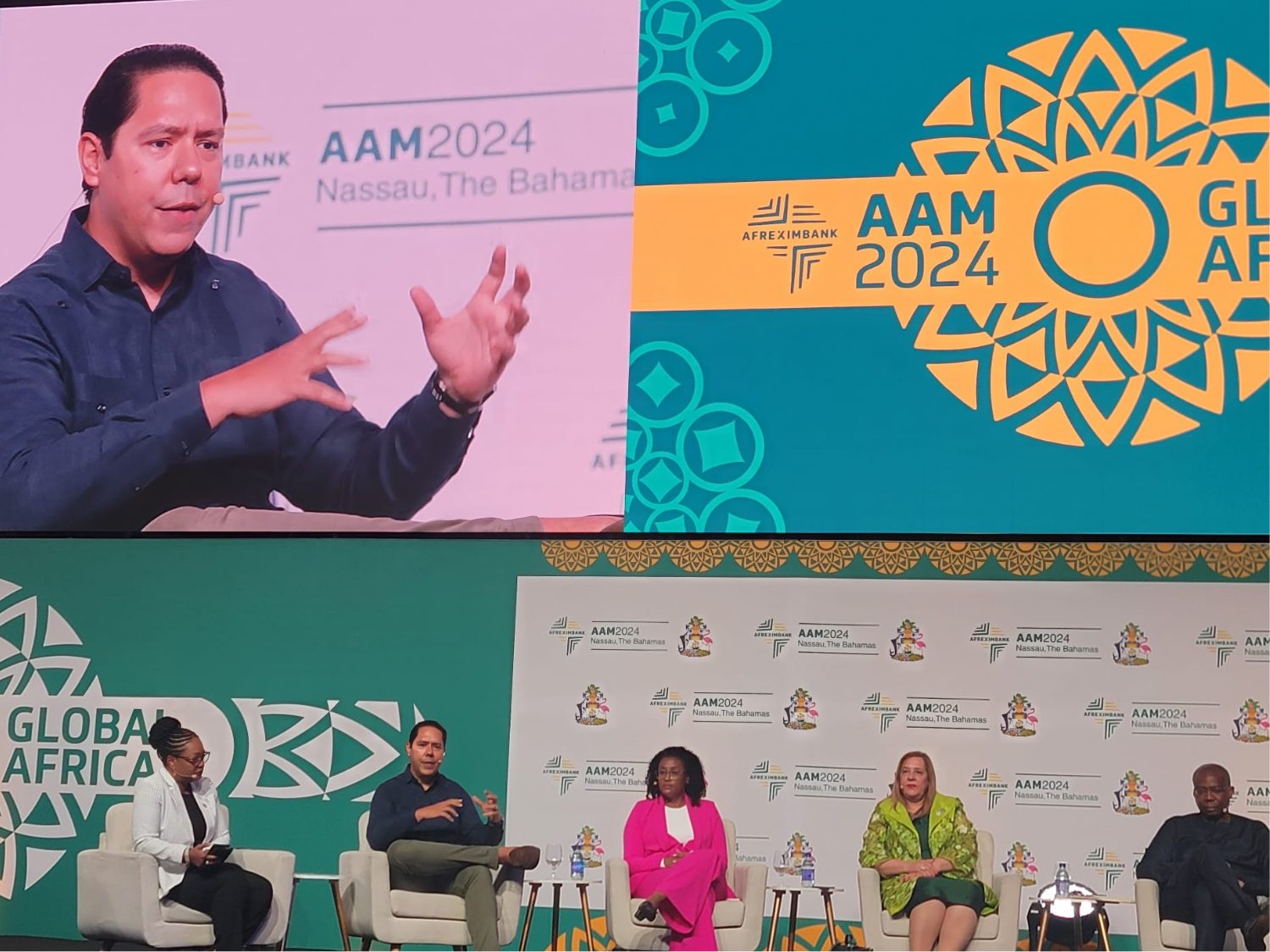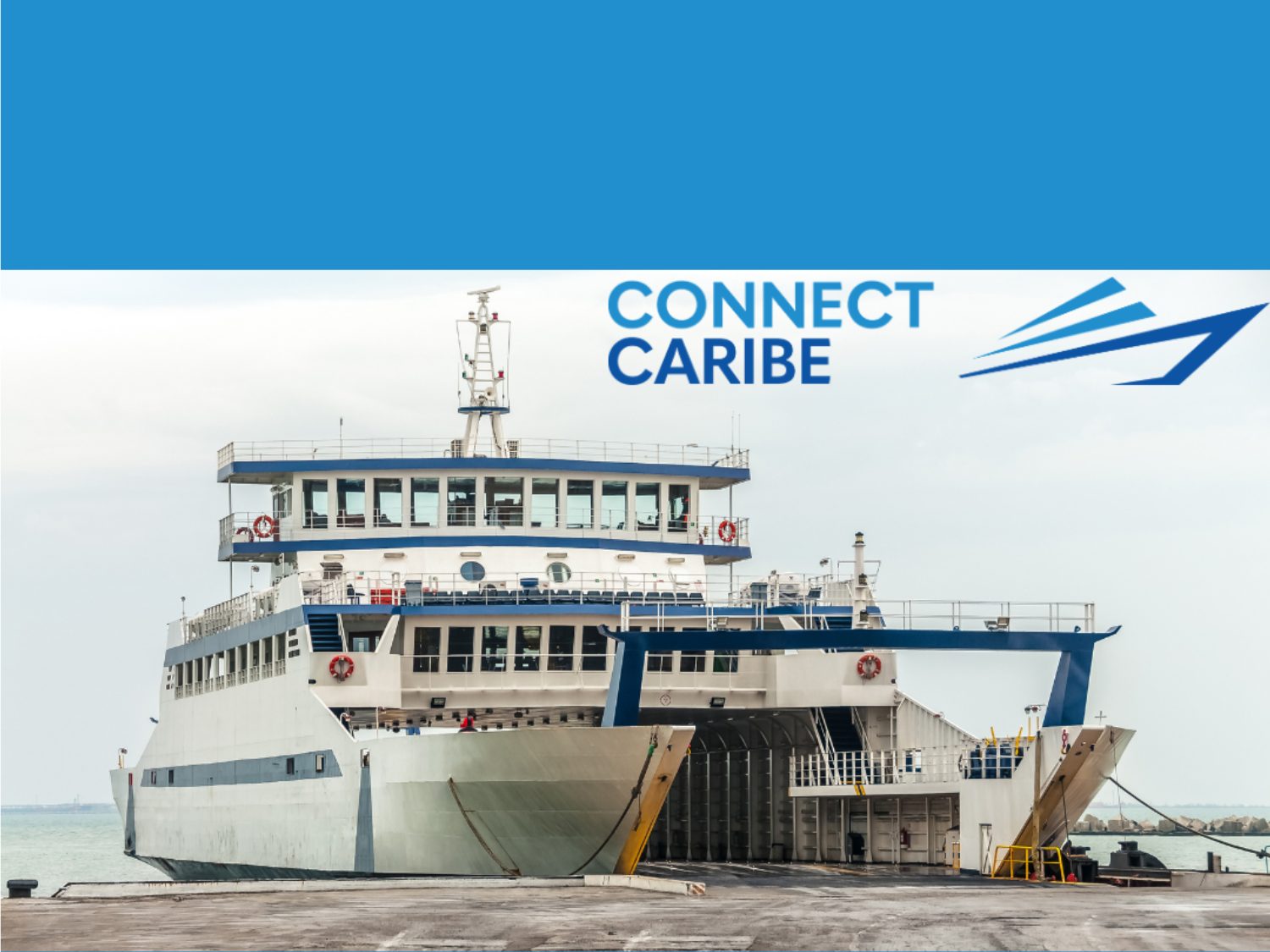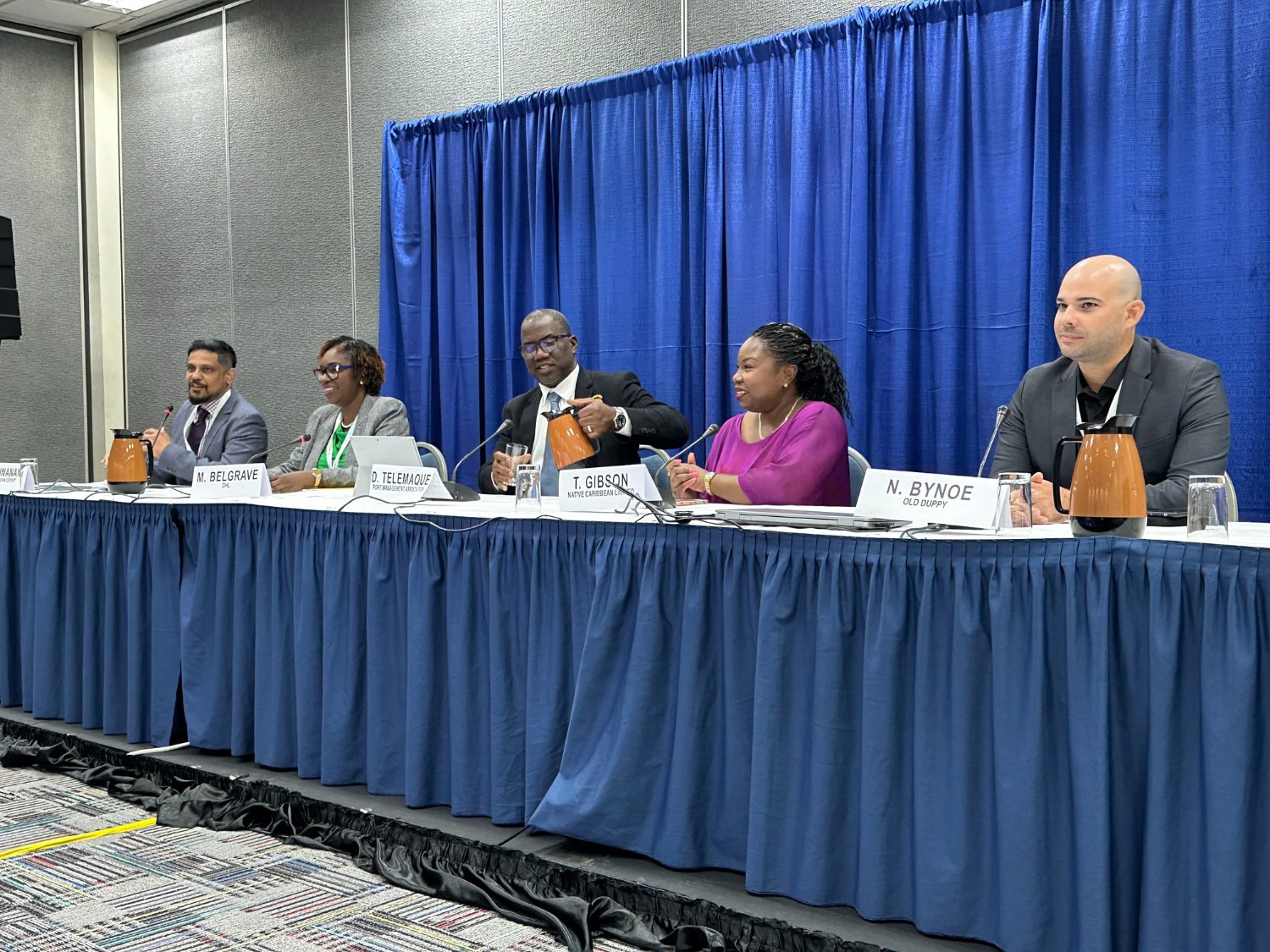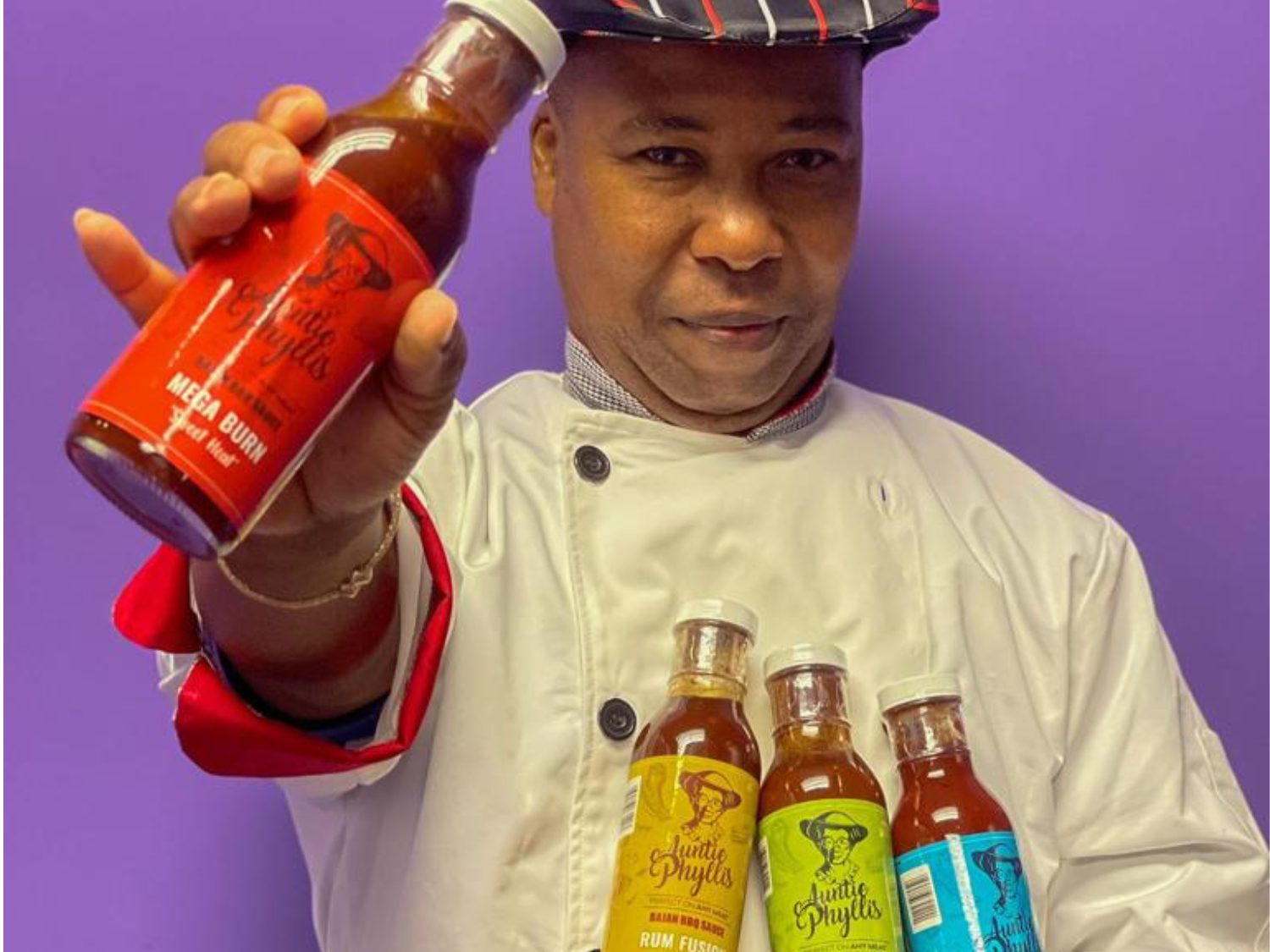The concept of a “green economy” has been building momentum as nations around the world seek more holistic ways to achieve economic growth while simultaneously mitigating the impacts of climate change and maintaining sustainable development.
Across the Caribbean, the transition towards green economies is well underway. Countries like Barbados, Jamaica, Grenada, St. Lucia, Guyana and others have already begun implementing national development plans which feature green economy principles.
Furthermore, regional entities such as the Caribbean Community (CARICOM) have helped to set regional green energy targets and the Council for Trade and Economic Development (COTED) has established an open-ended working group on green energy initiatives with the United Nations Environment Programme (UNEP). These steps have set the region on a pathway to the establishment of robust green economies. However, there is much more work to be done to realise their full potential.
According to the United Nations Environment Programme (UNEP), a green economy can be defined as one which is “low carbon, resource efficient and socially inclusive. In a green economy, growth in employment and income are driven by public and private investment into such economic activities, infrastructure and assets that allow reduced carbon emissions and pollution, enhanced energy and resource efficiency, and prevention of the loss of biodiversity and ecosystem services.”
Meanwhile, as was noted in the 2014 Green Economy Action Learning Group’s Green Economies in the Caribbean Country Report, Caribbean stakeholders have characterised a green economy as one that is “equitable in its distribution of economic benefits and costs; productive in its management of ecological resources; investing in resilience to climate change and other external shocks; pro-poor, generating decent jobs and working conditions for local people; aiming to create a regional economy that is self-directed and self-reliant, resistant to foreign control; [and] rooted specifically in the rich local culture of the Caribbean.”
Regional leaders are therefore tasked with ushering in a new economic paradigm that puts the well-being of the environment and people at the centre of economic activity. This requires strong political will and strategic policy decisions. Already, with the adoption of green energy technologies in several Caribbean countries – including wind and solar farms – the stage has been set for a steady reduction in dependence on fossil fuels, and reduced expenditure on such products. This, in turn, will play a substantial role in reducing the Caribbean’s carbon footprint and protecting the environment.
Meanwhile, job creation is one way in which the shift to green economies can deliver substantial opportunities for Caribbean people. Projections by the Inter-American Development Bank (IADB) and the International Labour Organization (ILO) suggest that Latin America and the Caribbean could gain 15 million new net jobs by 2030 in sectors such as agriculture, renewable energy, forestry, construction and manufacturing, by promoting a zero net emissions economy rather than following current trends.
With the transition requiring large-scale infrastructural development and the integration of new technologies, new opportunities are emerging for people to find work. As was stated in an article produced by the Caribbean Natural Resources Institute (CANARI), “In the Caribbean, key sectors for greening include agriculture, construction, energy, fisheries, manufacturing, tourism, transportation, and water”. As the greening of these sectors occur, there will be further opportunities for Caribbean people to find new forms of work.”
Key to the region’s transition to a green economy will be the development of robust policy and legal frameworks, the political will to drive innovation and social change, and the development of strategic public/private partnerships. The Caribbean Investment Forum (CIF) 2024 is one space in which such policies can be shaped, the will and foresight of political leaders assessed, and strategic partnerships realised.
The third iteration of the seminal event developed by the Caribbean Export Development Agency (Caribbean Export) will be held in Guyana from July 10 – 12, 2024, bringing together global investors, innovators, industry leaders and policymakers to discuss opportunities across four key tracks – the Green Economy Transition, Sustainable Agriculture, Digitalization of Business, and Sustainable Development.
Within its packed, progressive agenda, CIF Guyana 2024 will feature a Green Economy Transition Exhibition which will include two Green Living Hub presentations as well as a short presentation on “Greening the Future: Transitioning to a Sustainable Economy.” There will also be a feature presentation on Charting the Course: Accelerating the Green Revolution in the Caribbean – A Forward-Thinking Blueprint for Government Action.
The ministerial roundtable on Fostering Sustainable Development Through Innovative Investment Strategies in the Caribbean: Opportunities and Challenges also promises to offer insightful perspectives from regional leadership on the broader issue of sustainable development. It will be moderated by Executive Director of Caribbean Export, Dr. Damie Sinanan, and include perspectives from Grenada’s Minister of Climate Resilience, the Environment, and Renewable Energy, the Honourable Kerryn James; Guyana’s Minister of Agriculture, the Honourable Zulfikar Mustapha; and Minister in the Ministry of Economic Affairs and Investments, Senator, the Honourable Chad Blackman.
Furthermore, attendees will discover exciting projects unfolding across the region during the country presentations and learn about investment facilities and global funds that can be accessed to realise transformative projects.
Be part of CIF 2024 in Guyana to discover how the green economy transition is unfolding across the Caribbean and how you can contribute to the transformation.
Register now at https://caribbeaninvestmentforum.com! Join us at the CIF 2024 in Guyana!

